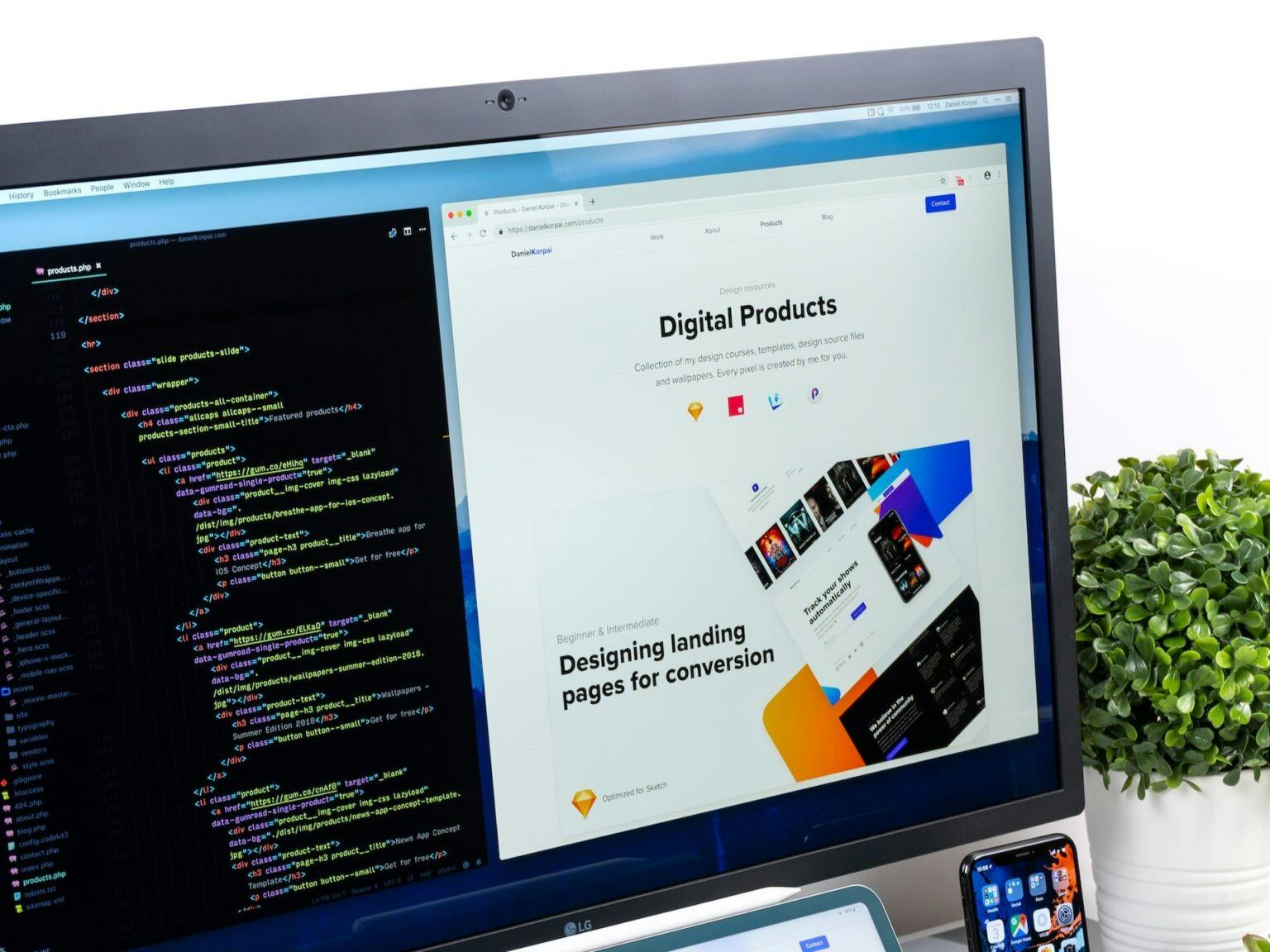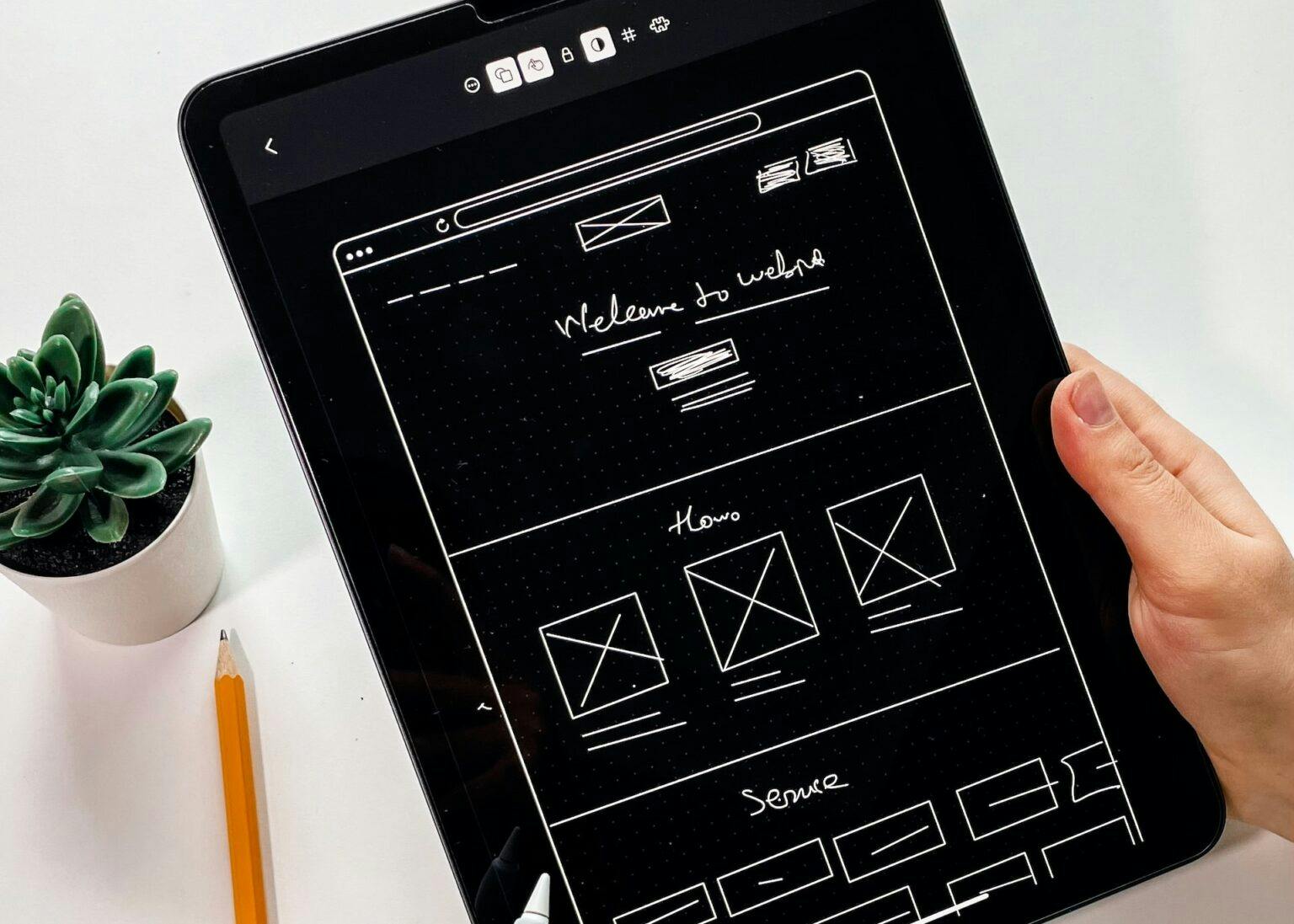The Importance of User Onboarding
Published 2021-07-26T06:00:00 by Bryan Miller
When you’re designing a website that will represent your business and brand on the internet, there are many important factors that you should take into account if you want the website to be appealing and effective at turning first-time visitors into repeat customers who start viewing your website as the first place to go for the things they need. One component that’s important to the success of any website is user onboarding, which refers to a series of instructions or interactions that allows the user to ease their way into the experience you want them to have.
If you can guide site visitors through your website in a way that highlights the benefits, your conversion rates should increase substantially. A website’s conversion rate is important because it identifies the percentage of site visitors who are engaging with your website or the product/service that you offer. If you find that your current conversion rates are lower than you would like, it’s possible to perform conversion rate optimization. You could optimize your conversion rates by improving the user onboarding process.
When a site owner has focused on integrating strong user onboarding into their website design, the user will understand how to get the most out of the website before they even use it. For instance, you could place several sentences on your site’s home page that tell users what your website is about and how it can help them. This automatically bolsters the visitor’s user experience and can help you improve your conversion rates. When performed correctly, user onboarding can also build trust and confidence with each site user.
User onboarding is an integral aspect in UX design. While there are plenty of additional components that make up a great UX design, user onboarding can help you make a good first impression with anyone who visits your website. With poor user onboarding and a complicated design, your risk the possibility of making a bad first impression, which will invariably cause first-time visitors to leave your website for good.
There are many steps you can take to improve your website’s user onboarding, which may strengthen user retention and improve your website’s reputation. Despite the importance that user onboarding has in UX design, it’s likely the simplest aspect of UX design to integrate into your website. This article takes a closer look at user onboarding and why it’s so important.
Types of Onboarding

Before you start to implement onboarding into your website, you should understand that there are several popular types of onboarding, the primary of which include:
- Guided task completion – This form of user onboarding is a highly effective technique that can help visitors understand how to best use your website. The easiest way to learn how to do something is by taking the time to do it, which is what guided task completion is all about. When performing this type of user onboarding, your goal should be to get users to interact with your website in a few short and simple steps. If a user wants to create a basic account on your website, guided task completion can make account creation easy and effortless. When site visitors engage in guided task completion, they will also learn more about the website’s functionalities and menus. However, it’s important that users have a way to skip this onboarding process whenever they want.
- Coach marks and guidestones – These components are easy to implement and can help you improve your user onboarding for better user retention. Coach marks and tooltips are small messages that can appear when users place their cursor over an aspect of your website, which could be a link or phrase on the main page. These messages can provide visitors with short yet useful tips on how to get the most out of the website. If your website’s interface is more complex than normal, guidestones, tooltips, and coach marks can be invaluable towards getting users more acclimated with your website.
- The Nickel Tour – This is among the more popular forms of onboarding that’s commonly used in mobile applications and certain websites. When a user first launches an application that they have yet to use, they could be presented with several simple screens that highlight the app benefits or display details on how to get the most out of the app/website. Keep in mind that this should be a static introduction without any interactive elements, which means that the graphics should be basic and the phrases short. Make sure that you provide users with a button that allows them to skip this introduction.
Why Onboarding is Important
As touched upon previously, first impressions are everything when you’re trying to keep first-time visitors engaged with your website long enough to purchase a product or create an account. It only takes 2.6 seconds for a visitor to make a first impression of your website and its design, which is why user onboarding is highly important. In the event that a visitor has a bad first impression of your website, there’s a good chance that they will leave and start doing business with your competition.
Even though there are many reasons why users can have a bad first impression of a website, the main reason is that the user believed they weren’t going to find what they were looking for. Even if this feeling was incorrect, it was based entirely on the first impression that was made. Providing visitors with useful onboarding should significantly reduce your website’s drop-off rate.
Onboarding can also affect a mobile experience. In most cases, mobile users want to be able to get where they’re going in an instant, which means that they are even more likely than desktop users to leave a website if it doesn’t provide them with a great first impression. In fact, almost 25 percent of all mobile users stop visiting a mobile website after their initial visit. Tutorials and other forms of onboarding can facilitate a richer and more complete first impression for mobile users.
When Should You Onboard?

There are several methods you can use when performing onboarding. The method you choose depends primarily on what you believe the most important aspect of the user journey is. The three ways you can go about onboarding include out-of-the-box onboarding, new-feature onboarding, and progressive onboarding. Out-of-the-box onboarding centers around making a good first impression, which means that the onboarding should be integrated into your website’s home page. This type of onboarding could include everything from a simple introduction tutorial to a comprehensive guided experience that first-time visitors can benefit from.
New-feature onboarding occurs at the beginning of the user journey but is focused on providing users with the pertinent details of any new features or substantial changes that are made to your website. Consider using coach marks and tooltips to highlight new features.
As for progressive onboarding, it’s meant to be used after out-of-the-box onboarding. While the initial onboarding is important, you shouldn’t immediately stop any onboarding once visitors get further into your website. Continue using onboarding to engage visitors and help them with any problems they might have. All three of these onboarding techniques can be effective when you’re trying to identify how to improve your customer conversion rates.
Tips and Tricks for Onboarding

When you start implementing onboarding into your website, there are some tips and tricks that you might want to use. For one, it’s essential that you understand your user. If your design team has created user personas that represent your target audience, take some time to study these personas and identify what they would want from an onboarding experience. Your onboarding should always be made with these users in mind. Usability analysis and user testing are two techniques you can use to learn more about what types of onboarding you should have on your website.
It’s highly recommended that any onboarding you do is valuable for the people who visit your website. Communicating your website’s value proposition can go a long way towards keeping visitors on your website once the onboarding process is completed. The onboarding process should also be simple and less detailed if you want new users to be satisfied.
If you provide visitors with instructions on how to use your website, these instructions should be quick and to the point to avoid losing the user’s attention. In the event that your website is relatively easy to use, you shouldn’t need an overly descriptive introduction. Despite how important user onboarding is, you should never rely on tutorials. If you find that tutorials are necessary for visitors to understand how to use your website, there’s a good chance that the website’s UX design is poor.
Services to Get You Started in Your Onboarding Process
When you want to get started with the onboarding process, there are several services that can help you implement premium onboarding without needing to have knowledgeable UX designers on hand. Some of the more complex onboarding techniques require an extensive amount of developer time and effort to create, which is why it’s recommended that you use an onboarding service instead. Three of the top user onboarding services available to you include:
- Nickelled – This service allows you to make overviews and guided tours throughout your website with modals, tooltips, and coach marks.
- Appcues – This service makes it easy for designers to customize the entire onboarding process.
- Walkme – This service offers many distinct tools that can help developers create tutorials and walkthroughs for a better onboarding process. Onboarding performance tracking is also provided.
Each of these services can provide you with the assistance you need to complete user onboarding efficiently and without making too many mistakes. Because of how important user onboarding can be towards converting first-time visitors into loyal customers, it’s recommended that you spend some time creating effective onboarding patterns for the people who visit your website.
Bryan Miller
Bryt Designs
Bryan Miller is an entrepreneur and web tech enthusiast specializing in web design, development and digital marketing. Bryan is a recent graduate of the MBA program at the University of California, Irvine and continues to pursue tools and technologies to find success for clients across a varieties of industries.
Subscribe to our newsletter
STAY UP TO DATE WEB DESIGN, DEV, & SEARCH MARKETING INSIGHTS & TIPS
Suggested Content
The Impact of Visual Metaphors in UX Design
Published 2023-04-24T06:00:16 by Grant Walton
Design Your Website Like a Pro: How to Create Effective Wireframes
Published 2023-03-06T06:00:00 by Grant Walton
Website Heat Maps and Utilizing them Effectively for Growth
Published 2022-01-18T13:38:37 by Bryan Miller



